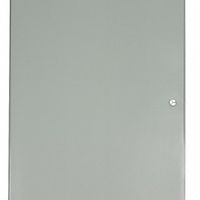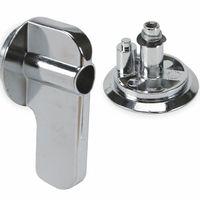Bathroom Partitions & Partition Hardware
Bathroom partitions install in public or commercial restrooms with appropriate hardware to fully or partially enclose toilets and urinals for privacy. Hardware and replacement parts for bathroom partitions include fasteners, brackets, and accessories for installing partitions and equipping them for .....Read More
Frequently Asked Questions
What are the standard dimensions for bathroom partitions?
How do you install bathroom partition hardware?
What materials are best for bathroom partitions in high-traffic areas?
How do you replace a broken bathroom partition latch?
What are the different types of bathroom partition mounting styles?
How do you maintain and clean bathroom partitions?
What is the cost of installing bathroom partitions in a commercial restroom?
How do you choose the right bathroom partition hardware?
What are the ADA requirements for bathroom partitions?
How do you repair a damaged bathroom partition panel?

